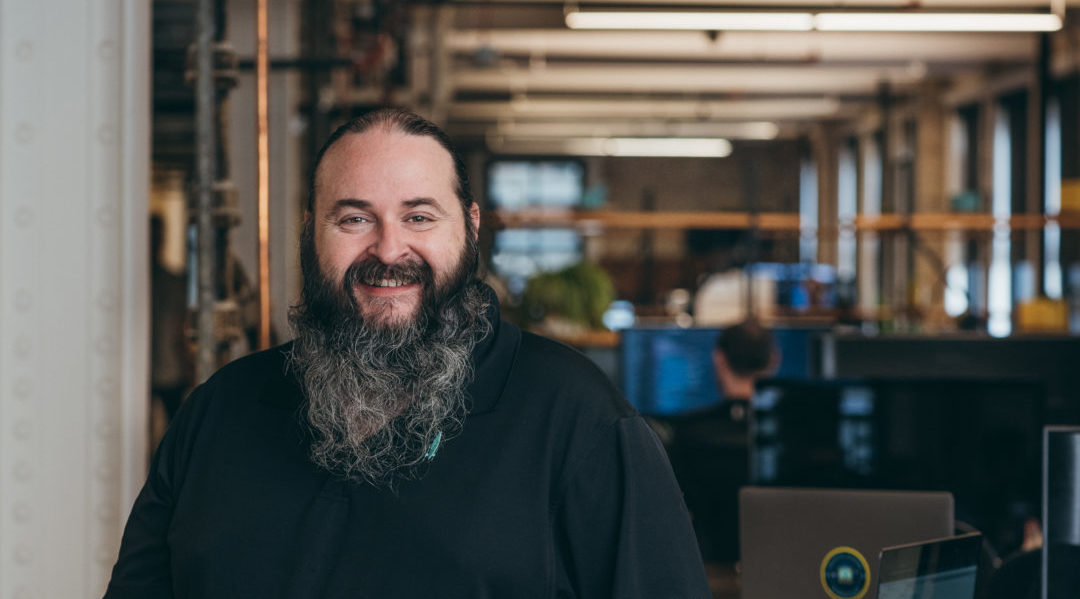
We need to design for all humans, of all abilities and capacities, particularly as we are entering a new era of AI revolution. Traditionally, technological design, development, and deployment have been driven by a monolithic and normative view of human capacity. This has left out nearly 15% of the population. Our current accessibility standards are old, outdated, and not properly implemented.
Try the following experiment: put your smartphone into accessibility mode and attempt to live your life for one day. Most of you will find the experience painful and awkward, to say the least. Try interacting with your phone as if you have a visual disability or as if your motor skills were diminished. This so called ‘accessibility mode’ fails to perform and instead increases frustration.
Why is this? One reason is that many companies see accessibility as a niche market or an ADA compliance regulation (i.e. a box to check). According to the World Health Organization (WHO), there are more than one billion humans in the world with some form of disability, roughly 15% of the world’s population.
We live in one of the most progressive, industrialized societies. Today, technological advancements could make the ideal of Geordi La Forge of Star Trek possible, a blind guy flying a spaceship. Yet, the technology community routinely fails to include the population of people who fall outside of the normative ability model. Except for a few prominent leaders like Satya Nadella, CEO for Microsoft, no one is discussing the effectivity of accessibility frameworks in technology.
To be clear, firms are not actively discriminating. Most want to build accessibility into their applications. Despite this intention, the difficulties — both financial and technological — often conspire to stymie development efforts. Consider the following all too common scenario: a corporation has spent two million dollars building native mobile applications for iOS and Android for all form factors, and now it will cost another million dollars, or more, to build different versions of the application that will work within outdated accessibility frameworks. Given the lack of awareness many have when it comes to the diversity tribulations people face and the number of people affected by accessibility barriers, many simply do not know how they can make the experience any better. It is easy to see why companies do not follow through.
This should not, must not, be the default position for technology development — especially in this era of AI innovation when we are creating systems that will impact the next 100 years. For this change to be implemented, it must occur on all levels: governmental, corporate, and societal. The government needs to implement new accessibility requirements; corporations need to begin designing their applications and hardware with an eye on how people with disabilities can or cannot interact with it from the ground up; and as a society, we need to be aware of and demand these changes. In the end, design for all people makes all design better.
The best and only sustainable model is to have a holistic view of abilities when designing technology. It is not enough to outline text-to-speech and speech-to-text options; it is not enough to develop tactile sensitivity adjustment; it is not enough to design variable size and color schemes. All three of these and so much more must be present. We must design from the ground up so that everything is more adaptable. Only together, by understanding how design thinking, scientific, and engineering methods interact with each other, can we learn to implement this process from the start.
It takes commitment and dedicated energy from the highest levels of an organization to embrace this at the core layers of any organization. This is exemplified by the new high-speed rail coming to connect Houston and Dallas. Every aspect of its design and creation is being built first and foremost through the eyes of diverse use cases. What makes it more impressive is that this is not a public works project where basic ADA compliance is forced, but instead, it is a privately funded endeavor being proactive from the very beginning.
Another example is the Ability App, which has ambassadors worldwide using the application to collect data meaningful to people with disabilities. This includes information like how wide doors are at a location, which way doors open, the clarity of signage, and what services are provided specifically for people with disabilities. Ability App’s data can then be leveraged by anyone looking to research what’s good and bad and seek advice from the organization about what’s best for what use case. Ability App has taken it one step further by recognizing years ago that AI would play a large role in their data’s future. So, from the start, the company made structural choices on how data was stored and potentially accessed in a way most congruent with machine intelligent technologies. While these are two great examples of true change in action, there are certainly many more, but it’s still not enough.
I should be able to sit here and roll off a huge list of examples of this in action, but the sad reality is that I can’t. We cannot continue this going forward; we must raise awareness of the need, demand change, and address it. We must be revolutionary in our approach, and AI enables us to think holistically about tech for all people.
AI holds the promise of being a great equalizer for those that struggle to connect to the cogs and sprockets that make the world turn. For example, AI is a tool that can fill in the gaps of motor skills. It is predictive and detective about health needs, and it serves as a communication companion to help people speak. We can use AI to solve major world issues, and we must. In order to build what we aspire to for the future, we must have a fundamental shift in how we approach all the world’s people.
